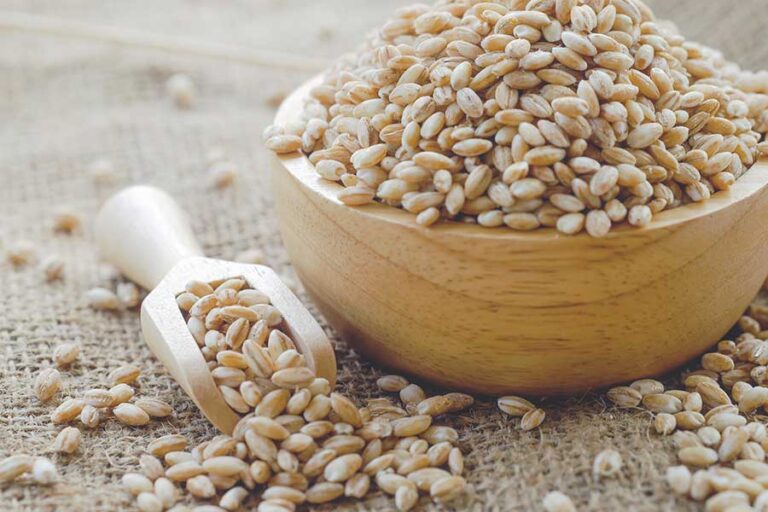Cooking barley opens a gateway to a world of versatile flavors and textures, transforming this humble grain into a culinary masterpiece. Whether you’re aiming for a hearty soup, a refreshing salad, or a comforting pilaf, mastering how to cook barley is the key to unlocking its nutty essence and adding depth to your dishes. Let’s embark on a flavorful exploration of the different facets of cooking barley.
Recipes With Barley
One of the beauties of barley lies in its adaptability to various recipes. From soups and salads to risottos and pilafs, this grain holds its own in diverse culinary creations. Consider crafting a hearty vegetable barley soup, where the grains absorb flavors and impart a delightful richness to the broth. Alternatively, experiment with a refreshing summer salad featuring cooked barley paired with fresh vegetables, herbs, and a tangy vinaigrette. For those seeking more complex flavors, try a mushroom and barley risotto or a fragrant barley pilaf infused with aromatic spices. The possibilities are as vast as your imagination, making this grain an invaluable ingredient in your kitchen.
Tips and Tricks for Cooking Barley
Achieving the perfect texture and flavor when cooking barley requires attention to detail. Start by rinsing the grain under cold water to remove any debris or impurities. For enhanced flavor, consider toasting the grains lightly in a dry pan before cooking. The ratio of water to barley is crucial; aim for about 3 cups of liquid for every cup of barley. Bring the mixture to a boil, then reduce the heat and let it simmer, covered, for around 30 to 40 minutes for pearl barley and longer for hulled, until the grains are tender yet chewy. Allow it to rest for a few minutes after cooking to absorb any remaining liquid before fluffing it with a fork. This straightforward process ensures a perfect batch of cooked barley every time.
Types of Barley
Understanding the types of barley available can significantly impact your cooking endeavors.
1. Pearl Barley: This common type has its outer hull removed and is polished to different extents, resulting in a quicker cooking time and a softer texture.
2. Hulled Barley: Retaining the outer bran layer, hulled barley requires a longer cooking duration, offering a chewier, nuttier taste compared to pearl barley.
3. Barley Flakes: These are flattened grains, similar to rolled oats, and are convenient for quick cooking, often used in breakfast dishes or baked goods.
4. Barley Grits: Coarser than barley flakes, these grits are larger particles of barley, offering a more robust texture in various recipes.
5. Barley Flour: Ground from barley grains, this flour is used in baking or as a thickening agent in soups and stews, providing a unique nutty flavor.
6. Scotch Barley: Also known as pot barley, it’s minimally processed, leaving some of the bran intact, resulting in a chewier texture and slightly longer cooking time than the pearl.
7. Sprouted Barley: Barley grains that have been allowed to germinate and sprout, enhancing their nutritional value and potentially altering their texture and taste.
Embrace the variety each type offers, adjusting your cooking methods and recipes accordingly to suit your preferences.
How long to cook barley
Determining the ideal cooking time depends on the type you choose. Pearl barley typically cooks in approximately 30 to 40 minutes, while hulled type might take around 40 to 50 minutes or more. It’s advisable to refer to the specific instructions on the packaging or adjust cooking times based on your preferred texture—some prefer a slightly firmer chewiness, while others prefer a softer consistency.
Key Takeaways
Cooking barley is an art that enhances culinary versatility, offering a nutty flavor and chewy texture to dishes. Its adaptability allows for diverse recipes, from soups and salads to risottos and pilafs. To cook it perfectly, rinse it, toast it, and follow the appropriate water-to-barley ratio, simmering until achieving the desired tenderness. Understanding its types—pearl and hulled—impacts cooking times and textures. By mastering the cooking process, you unlock the potential of barley to elevate your culinary creations.
